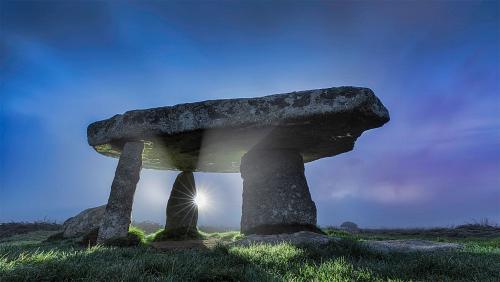The construction of modern commercial incinerators is a fascinating process that involves careful planning, design, and execution. From the initial blueprint to the final product, a lot of thought and effort goes into creating these crucial facilities that play a vital role in waste management and energy production.
The first step in the construction of a modern commercial incinerator is the design phase. This involves working closely with architects, engineers, and environmental specialists to create a detailed blueprint that outlines the size, layout, and functionality of the facility. The design must take into account factors such as the type and volume of waste to be incinerated, emissions control systems, and energy recovery technologies.
Once the design is finalized, the next step is obtaining the necessary permits and approvals from government agencies and regulatory bodies. This can be a lengthy and complex process, as incinerators must comply with strict environmental regulations and safety standards. Environmental impact assessments and public consultations may also be required before construction can begin.
With the necessary permits in hand, construction of the incinerator can finally begin. This typically involves clearing and preparing the site, laying the foundation, erecting the steel framework, and installing the various components of the facility, including the furnace, boiler, emissions control systems, and energy recovery equipment. Skilled tradespeople such as welders, electricians, and plumbers are typically hired to carry out the construction work.
Throughout the construction process, strict quality control measures are put in place to ensure that the incinerator meets all regulatory requirements and safety standards. Inspections and testing are conducted at various stages of construction to identify and address any potential issues or discrepancies. Once construction is complete, final inspections are carried out to verify that the facility is ready for operation.
After construction, the incinerator will undergo a commissioning process to ensure that all systems are functioning properly and that the facility is ready to start incinerating waste. This involves testing each component of the incinerator, calibrating equipment, and conducting trial runs to determine the efficiency and effectiveness of the facility.
The construction of modern commercial incinerators is a complex and highly regulated process that requires expertise, attention to detail, and a commitment to environmental responsibility. However, when done properly, these facilities can play a crucial role in waste management and energy production, helping to reduce landfill waste and generate renewable energy in a safe and responsible manner.






